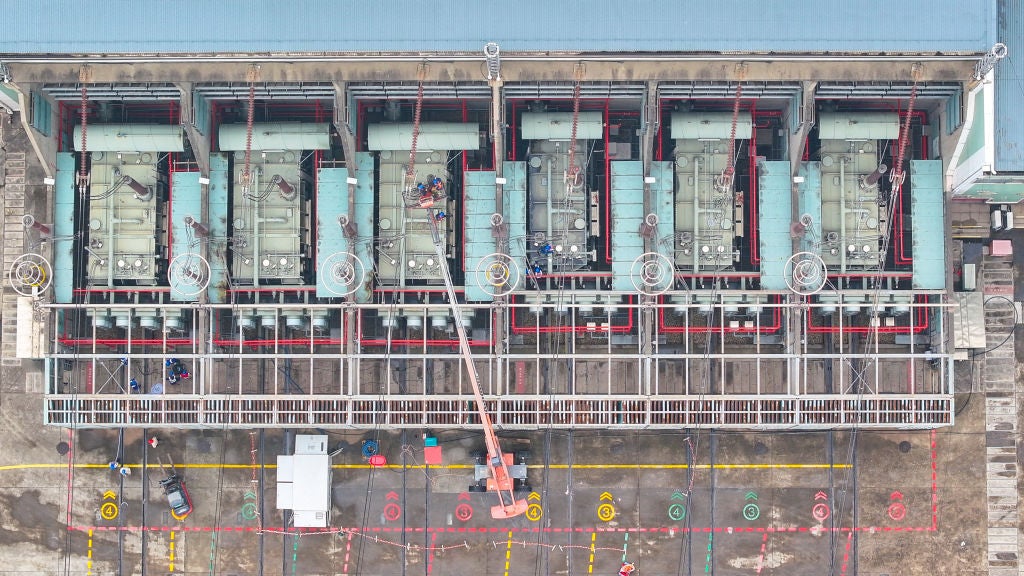The electricity grid is at the heart of the energy transition. Electricity’s share of final energy consumption is set to increase from 20% to 39% in 2050 in a net-zero scenario, according to the International Energy Agency (IEA). Achieving this outcome will require massive new investment, as well as innovative regulation.
Grid operations will have to become smarter to marry surges in demand from electric vehicles and heat pumps with more variable, decentralised power generation systems like wind turbines and solar panels, which will lead to surging supply at other moments. Advanced economies will need to invest to replace ageing networks, while great swathes of the planet without electricity access (around 600 million people in Africa, for example) still need to be connected to electricity grids for the first time.
There is one country racing ahead of the rest when it comes to investing in the transmission grid for net zero. According to data from GlobalData – Energy Monitor’s parent company – China is investing more in transmission grids than every other country in the world combined. In 2022, China invested $166bn in its transmission grid, while other countries collectively invested $118bn.
Even China, though, is struggling, given that the country is building renewables more rapidly than any other country in the world. Reports continue to emerge of power operators curtailing renewables, and approving new coal-fired power stations, as they struggle to balance supply and demand.
Globally, investment in transmission grids had been slowing down for several years prior to 2020 but is now increasing, hitting just shy of $300bn in 2022, according to GlobalData.
GlobalData estimates that the next five years will see transmission grid investment increase by around $30bn more each year.









